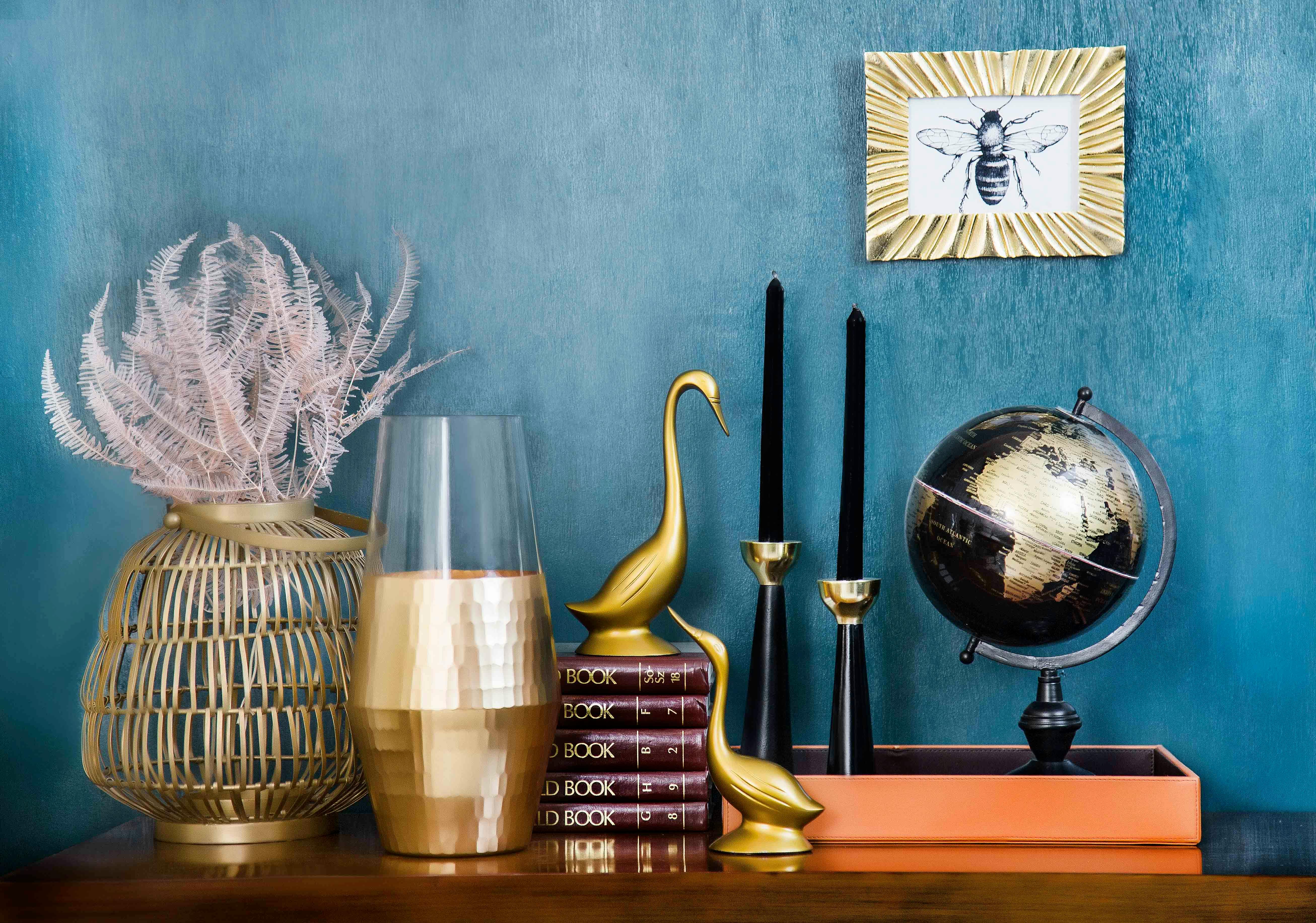The Ultimate Overview to Sustainable Home Decor for Eco-Conscious Living
The Ultimate Overview to Sustainable Home Decor for Eco-Conscious Living
Blog Article
Master the Art of Layering Textures in Home Style for a Cozy Ambience
The capability to effectively layer textures within home design is a nuanced skill that dramatically adds to a cozy and inviting ambience. The option of corresponding textures, from soft textiles to all-natural elements, is critical in achieving this balance.
:max_bytes(150000):strip_icc()/MaryPatton_June2022-17-5b4b4c6434944115a2979906a93f914f.jpg)
Comprehending Texture Basics
When it comes to home design, understanding the basics of texture is essential for developing a harmonious and inviting area. Appearance describes the responsive quality of surfaces and can significantly affect the overall aesthetic and feeling of a room. It includes a range of elements, including patterns, materials, and coatings. By thoughtfully layering textures, you can include depth and interest, effectively changing a flat and uninspiring environment right into one that is relaxing and aesthetically interesting.
:max_bytes(150000):strip_icc()/spanish-art-deco-home-tour-living-room-0120-2000-e206e51ef737424aaa6eab5f500f5b84.jpg)
Selecting the Right Products
Choosing the right products is essential in attaining a well-layered structure in home design. The option of products not just affects the total aesthetic but also affects the comfort and functionality of the space. When taking into consideration structures, prioritize natural fibers such as cotton, linen, silk, and woollen, which provide warmth and a tactile top quality that synthetic products commonly lack.
For upholstery, opt for durable textiles that can withstand wear while maintaining their appearance. Velvet and chenille can add luxurious depth, while canvas and jeans provide an even more informal feel. Incorporating metal, timber, or stone can boost the tactile comparison, offering a based, natural aspect to your decoration.
Furthermore, take into consideration the weight and drape of textiles when choosing drapes or tosses. Much heavier products can create a relaxing, wrapping up environment, while lighter options can keep a ventilated feel. Devices like paddings and rugs can present varied appearances and patterns, enhancing the overall split impact. Inevitably, the best product options will certainly harmonize with your design vision, developing a space that really feels inviting and natural. Very carefully curating these components will considerably contribute to the atmosphere of your home.
Layering Methods for Depth
Effective layering techniques are vital for creating depth in home design, transforming a flat room right into one that feels abundant and welcoming. To achieve this, begin by integrating various appearances that comparison yet match each other. For example, juxtapose smooth surface areas like glass or metal with softer products such as wool or linen. This produces aesthetic rate of interest and responsive diversity.
Layering carpets can properly define areas within an area, including heat and measurement. Strategically putting throw cushions with varying structures website here and sizes on couches or beds can boost deepness and convenience.
On top of that, integrate building elements such as racks or mounted art work to create upright layers. This not only draws the eye up yet additionally offers chances to present extra textures through decorative things displayed on the shelves.
Shade Coordination and Appearance
In the realm of home decor, attaining harmony between color and texture is vital for establishing a cohesive and inviting environment. When thoughtfully collaborated, shade and texture can elevate the aesthetic allure of a room, creating deepness and interest.

Next, focus on structure. Soft fabrics like velvet or linen Web Site compared with hard materials such as wood or metal create a dynamic interplay. For example, a luxurious velvet couch coupled with a streamlined, metal coffee table introduces a tactile comparison that welcomes touch and exploration.
Moreover, layering various textures-- like a woven rug under a smooth table-- can better enhance the room. Remember to keep a cohesive look by limiting the number of shades and textures, which aids protect against visual disorder. By understanding the art of shade sychronisation and structure, you can develop a setting that feels both unified and inviting.
Seasonal Appearance Transitions
As the periods change, so also must the textures within your home to show the advancing ambience and state of mind. Transitioning your design from one season to another can produce a sense of freshness and comfort, improving your home's general allure.
In spring and summertime, accept lighter textiles such as bed linen and cotton. These products promote a windy feel and can be enhanced with vibrant patterns or subtle appearances like embroidered information. Integrate ventilated toss cushions and light-weight coverings to maintain a feeling of relaxation.
As fall methods, think about introducing heat with richer structures. Woollen, velour, and heavier knits can supply convenience and coziness. Select natural tones and split like this textiles like beefy weaved tosses or luxurious velours to produce a welcoming ambiance.
Winter months calls for an also extra indulgent approach. Integrate layered textures with faux fur, thick wool, and deluxe materials - Home decor. These components not just include depth to your decor however also invite warmth throughout chillier months
Final Thought
In conclusion, understanding the art of layering structures in home design considerably contributes to creating a comfortable ambience. Additionally, adjusting textures seasonally boosts the total visual and comfort of the home.
The capacity to successfully layer textures within home design is a nuanced ability that considerably adds to a warm and inviting atmosphere.When it comes to home decoration, understanding the basics of structure is important for creating an unified and inviting area. By grasping the basics of appearance, you lay the foundation for more advanced layering methods, leading to a well-curated and welcoming home decor system.
Selecting the appropriate products is crucial in achieving a well-layered appearance in home style.In conclusion, understanding the art of layering structures in home decor substantially contributes to producing a comfy atmosphere.
Report this page